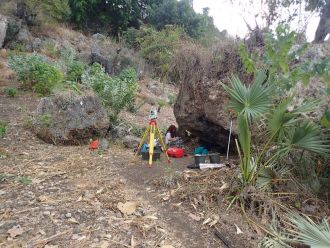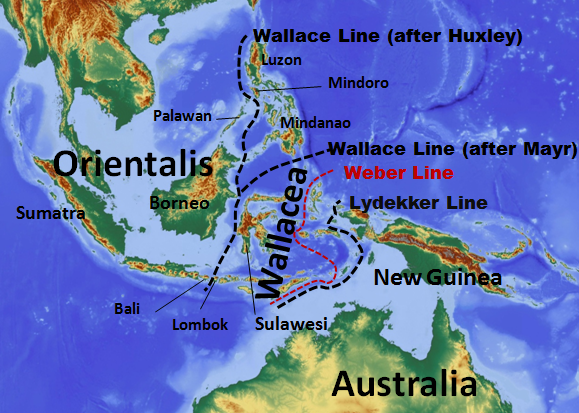Multimedia


Excavation in progress at Jareng Bori rockshelter in Pantar island

Excavation in progress at Jareng Bori rockshelter in Pantar island.
- File size: 521.6 KB
- Attribution: Dr Stuart Hawkins from The Australian National University
- Permission category: © - Only use with this story
- Last modified: 09 Jul 2025 12:05am
- NOTE: High resolution files can only be downloaded here by registered journalists who are logged in.
Emeritus Professor Peter Bellwood

Emeritus Professor Peter Bellwood from The Australian National University.
- File size: 15.4 MB
- Attribution: Jamie Kidston from The Australian National University
- Permission category: © - Only use with this story
- Last modified: 09 Jul 2025 12:05am
- NOTE: High resolution files can only be downloaded here by registered journalists who are logged in.
Attachments
Note: Not all attachments are visible to the general public. Research URLs will go live after the embargo ends.

Journal/
conference: Nature Ecology & Evolution
conference: Nature Ecology & Evolution
Research:Paper
Organisation/s:
The Australian National University, Griffith University, Max Planck Institute for Evolutionary Anthropology, Germany
Funder:
This research was supported by the Max Planck
Society. K.N., S.C. and A.P. were supported by the European Research Council Starting
Grant ‘Waves’ (no. ERC758967). The research conducted on the samples from Liang
Toge, Liang Bua and Komodo was part of a New Zealand Fast-Start Marsden Grant (no.
18-UOO-135). The research conducted on the Jareng Bori site was part of a joint project
between the Australian National University Universitas Gadjah Maja funded by an ARC
Laureate Project no. FL120100156.



 Australia; International; QLD; ACT
Australia; International; QLD; ACT


